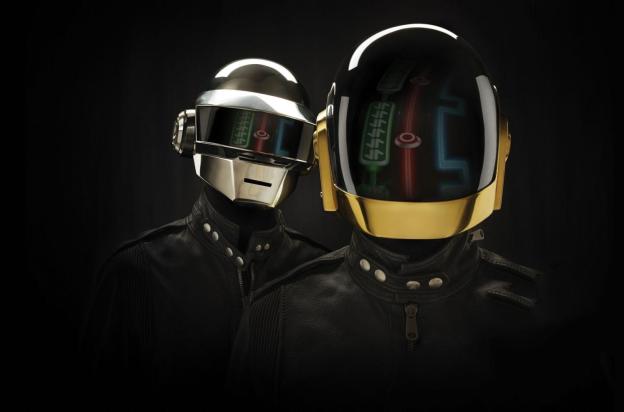 They’re watching, reading, and listening to you. You are not alone. I’m speaking of course, of Shazam, the music ID app that allows you to determine what song is playing at the bar, immediately download it, and pretend you “knew about these guys for awhile now.” Who did you think I was talking about?
They’re watching, reading, and listening to you. You are not alone. I’m speaking of course, of Shazam, the music ID app that allows you to determine what song is playing at the bar, immediately download it, and pretend you “knew about these guys for awhile now.” Who did you think I was talking about?
Based on their user data, Shazam claims they’re able to predict the top 10 jams of the summer. Last year they accurately predicted Gotye’s “Somebody That I Used to Know” would be number one. So, while it would be irrational to blame that on Shazam, if you want to hate them for it anyway, we won’t stop you.
It does seem like every summer there’s one song that you can’t escape, one song that you’ll hear bumping from every passing car, from every open window. Or maybe I’m just living in a Will Smith song. After all, he is the king of summer. Well, at least until recently. Box office is real. Nepotism is a choice.
But I digress. The song that tops Shazam’s list this year is Daft Punk and Pharrell’s “Get Lucky”. Which, let’s be honest, kicks Gotye’s ass. But more important than my totally personal opinion, I’d love to know how Shazam was able to use their data to make such a determination. According to USA Today, Shazam’s primary metric is “tag volume, editorial judgment, spikes in popularity and watching those trends.” Say what? So you’re just counting how often it was tagged and then picking the ones you like best? That’s it? Your algorithm is … addition? There’s gotta be a better way.
For me, the songs that usually stick for a while are ones that tap into nostalgia and bring me back to a place or a feeling or a moment that I miss.
For years, researchers have tried to figure out why some songs seem to stick in your subconscious, calling them “earworms.” No matter how annoying it might be to have Abba stuck in your head, the idea of it being an earworm is a thousand times more horrifying. They’ve determined that the way to get such catchy songs out of your head is to solve tricky anagrams. Oh, that’s it? I just have to carry around a book of anagrams with me all the time? You know what? I think I’ll just survive with the stupid song in my head, but thanks.
Last year, researchers from Imperial College London, had a theory that natural selection could be used to create the perfect pop song. Just as the strongest life forms pass on their good genes to future generations, they believe that music evolves as musicians copy the best parts of each others’ work. This means that every time someone buys a new song, they contribute to the “natural selection” process by which the best songs are rewarded with success and the worst ones fade into obscurity. It’s Darwin meets Danzig.
They tested their theory by combining random noises into 100 eight-second loops, and asking thousands of bored people on the internet to listen, and rate them. The result is not as bad as you’d imagine, but lets just say Rihanna shouldn’t be looking over her shoulder. Well, actually she should, but for completely different reasons. Take a listen… it’s like a score from a bad 80’s movie.
Maybe my skepticism of this stuff is over active, but I have a hard time believing science or math is going to ever reliably predict when or why pop songs strike a chord with listeners and why some don’t. There’s just too much subjective context to be accounted for. My version of danceable isn’t the same as yours; lyrics that strike a chord with you may go right over my head. The guitar lick or beat that echoes without fading for months at a time will always vary from person to person.
For me, the songs that usually stick for a while are ones that tap into nostalgia and bring me back to a place or a feeling or a moment that I miss. Those songs aren’t earworms; they’re time machines. The right song moves us, emotionally or physically, but it moves us. The deciding factors are completely, ineffably human. That’s why science and tech always seem to come up short – even if Shazam is right and this summer’s best song winds up being by two guys in robot helmets.


